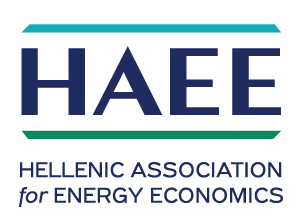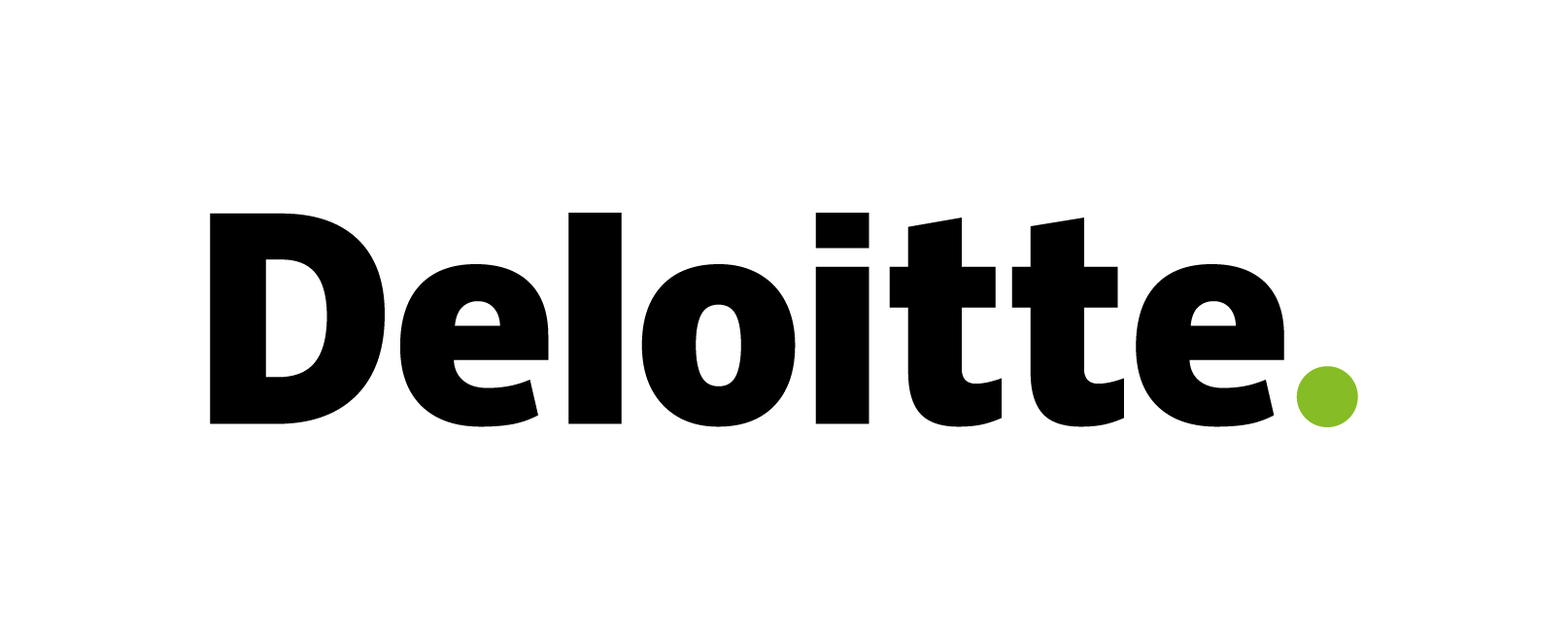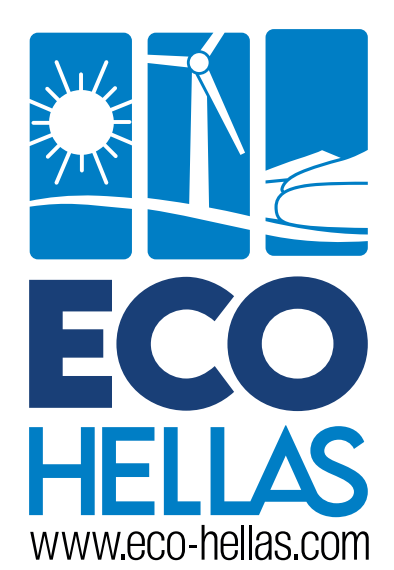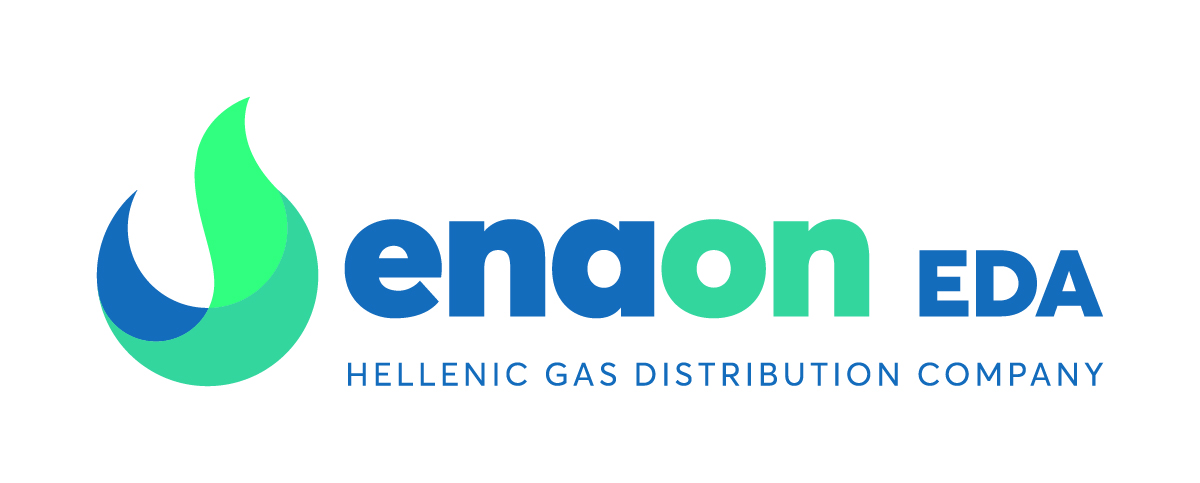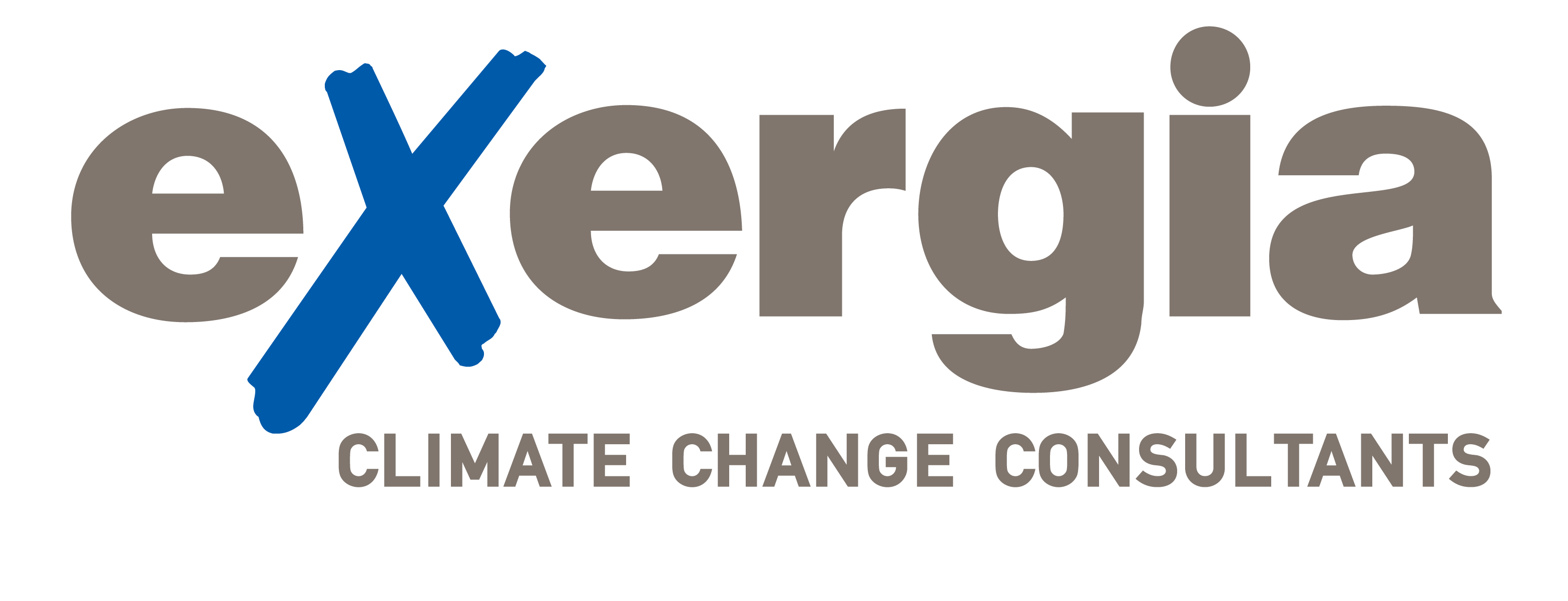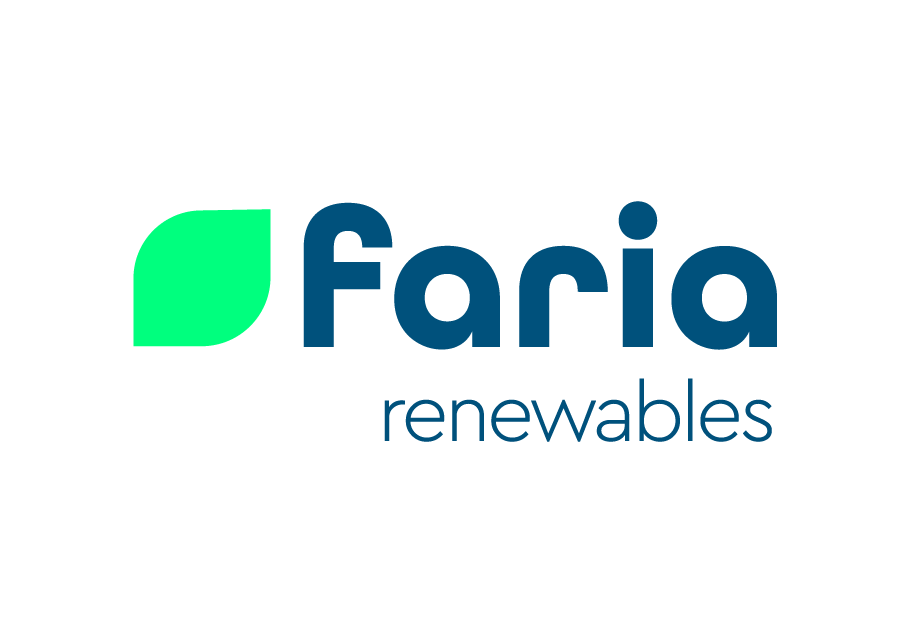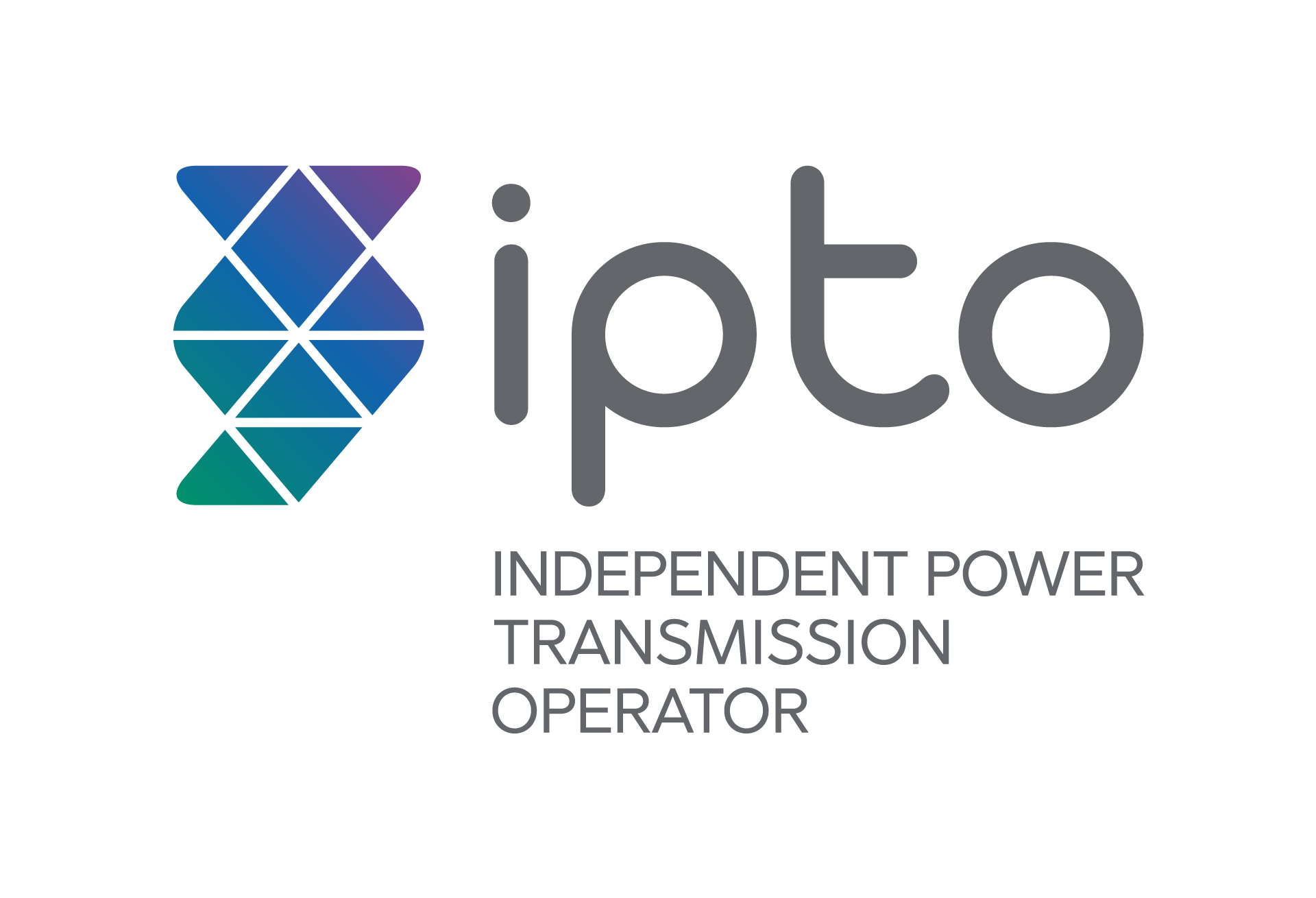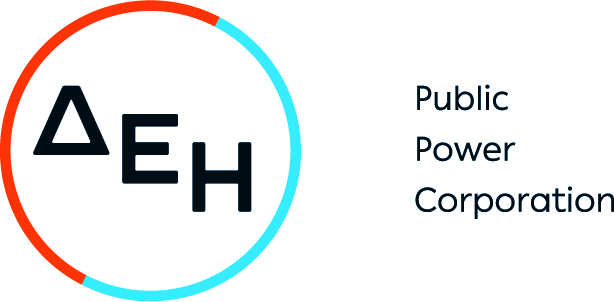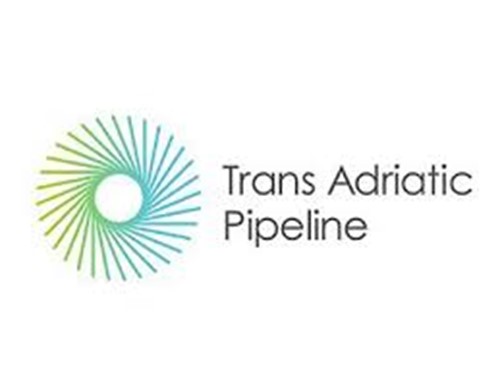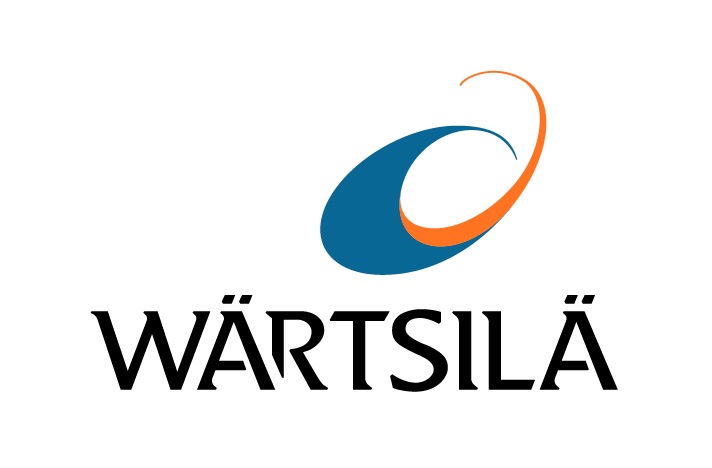Unleashing Europe's Energy Transition: Harnessing the Power of Narratives
The transition to a renewable energy economy, the Energy Transition, has surpassed expectations. If you’re looking to invest in electricity generation in 2023, there is no question of where to put your money. Wind and solar far outcompete fossil and nuclear energy. For Europe, a continent lacking relevant domestic fossil fuel reserves, it is a godsend – if not for climate change ambitions, then for energy independence or both.
What remains is how the Energy Transition’s next steps must enable European economies to reap the benefits of the scaling ambitions that lie ahead. This is not just a matter of capitalizing on the demand for robust and flexible energy grids and electrification of heat and mobility. If return on investment were the sole consideration, progress here would be swift. If anything, current price levels serve as a reinforcement for renewable energy development. What is holding us back?
Sure, tangible bottlenecks exist. Skilled labor shortage, tight supply chains, high(er) interest rates, and (more emphasis on) security concerns for strategic assets - they increase volatility and uncertainty. But these issues get solved. If lithium is scarce, alternatives such as sodium will gain market share. If access to finance diminishes, financial solutions meet the challenge, or investor profiles change. Et cetera. This is the story of how the Energy Transition got where it is today – problems get solved.
In my view, the narratives central to the Energy Transition play a more pivotal role. They shape public opinion and policy, directing the flow of money and effort. These narratives stood at the inception of Europe’s Energy Transition. They were the stories of transforming Europe’s economic woes into opportunities – e.g., ‘Europe 2020’. Though these narratives are still very much topical, they have been joined by a chorus of stories that seek diversion of money and attention elsewhere.
I divide them into two categories. The first category seeks to move the goalposts for renewable energy, the second category proposes alternatives that, for lack of better words, I would characterize as nostalgia.
I live in a country whose current Prime Minister once quipped: “wind turbines run on subsidies” (omitting that the same applied in equal measure to fossil fuels). This was the quintessential counterpoint before we saw renewable energy’s spectacular cost declines leading it to outcompete other forms of energy. The current talking points seek to hold renewable energy to higher standards than these other forms of energy where it pertains to its value chains and its waste production potential. This is not unreasonable – nobody could argue against clean value chains and reuse of precious materials, and all efforts should be made to ensure them. What is uncanny is how the burden of proof seems to have been reversed. For investment impact reporting, putting the administrative effort on evidencing positive impact for renewable/taxonomy-aligned investment rather than evidencing the preclusion of damage occurring from non-renewable/unaligned investment feels backward. Why must renewables jump through more hoops?
If we follow the money, Europe’s future energy system is decentralized, interconnected, and heavily electrified, with some carveout for combustible molecules in heavy transport and industrial processes. The realization that this is the way forward has led to viewpoints that seek to cast doubt on the ability to achieve such a system (“there simply aren’t enough resources”) but have also led to narratives that seek to keep things neatly centralized. Two forms of energy (carriers) have made a comeback in the public debate: Nuclear and Hydrogen. The main point behind them would be that a renewable energy system only works when wind and sun are available, so what to do in case of a lack thereof, so aptly captured in the German ‘Dunkelflaute’?
Many member states are ambitious when it comes to developing (green?) hydrogen and nuclear energy capacity. At current insights, the question is not what the profitability of such ventures would be. Rather, the question is to what level of expenses - costs that will inevitably be socialized – we are willing to go to gain that extra bit of security of supply, or to hold on to putting some form of combustibles in our cars?
Europe’s Energy Crisis demonstrated unequivocally the consequences of dependence on unaligned regimes. I would say it revealed to us the true cost structures that were heretofore lacking in our hydrocarbon energy pricing. More than that, and however painful, it translated the abstract high-level debates directly into household energy bills.
Where do we channel this newfound awareness? What struck me most about the COVID epidemic was the incredible tenaciousness with which society clung to its old structures. The magnitude of government intervention leveled at preserving things as they were, rather than accepting a new reality. So too with the Energy Crisis, we now see a concerted effort towards preserving the structure of existing systems on the back of public sentiment. I fear that playing into such sentiments leads to a waste of money, time, and energy. Resources we can scarcely afford. Europe’s Energy Transition is crucial to future-proofing the continent’s economy - making it more competitive, cleaner, independent, and potentially leading to more equal wealth distribution. We don’t need a weatherman to know which way the wind blows.
-----------------------------------------------------------------------------------------------------------------------------
* Kay van der Kooi (MSc) is Investment Manager at Triodos Energy Transition Europe Fund
Disclaimer: "The contents of this article are the author's sole responsibility. They do not necessarily represent the views of the Hellenic Association for Energy Economics or any of its Members".
